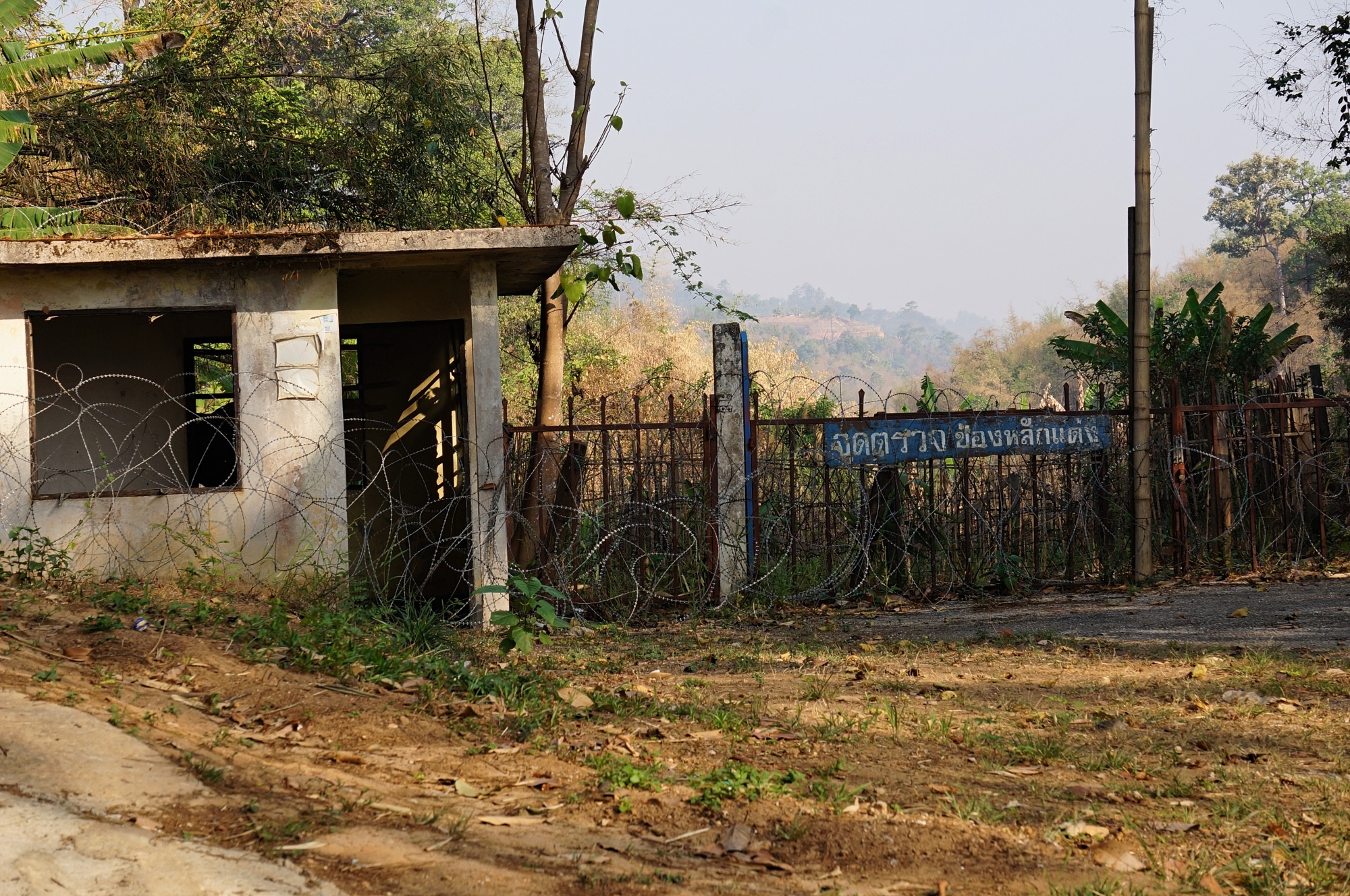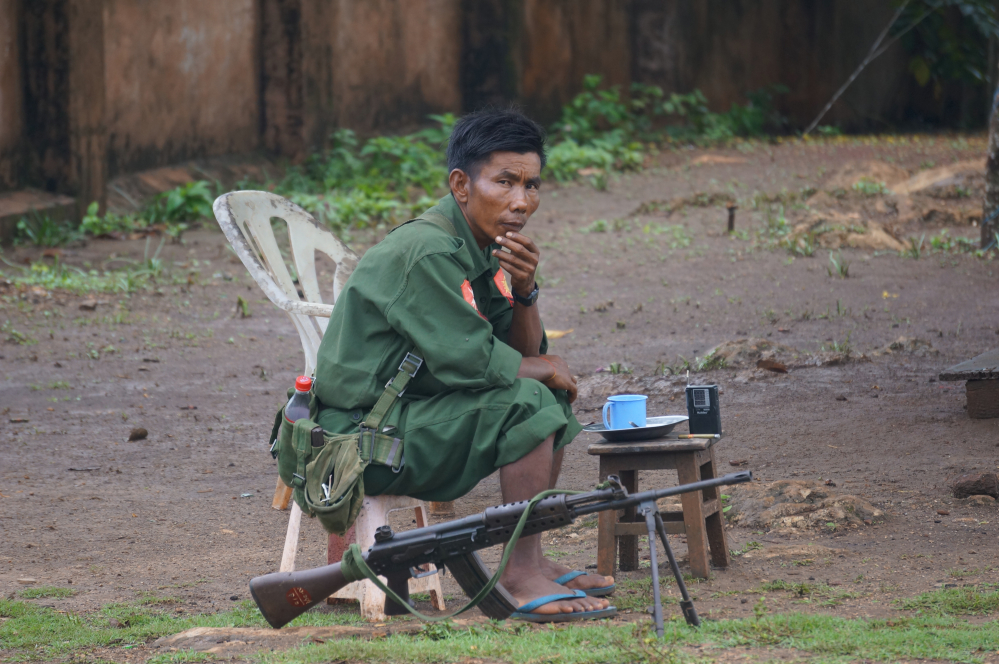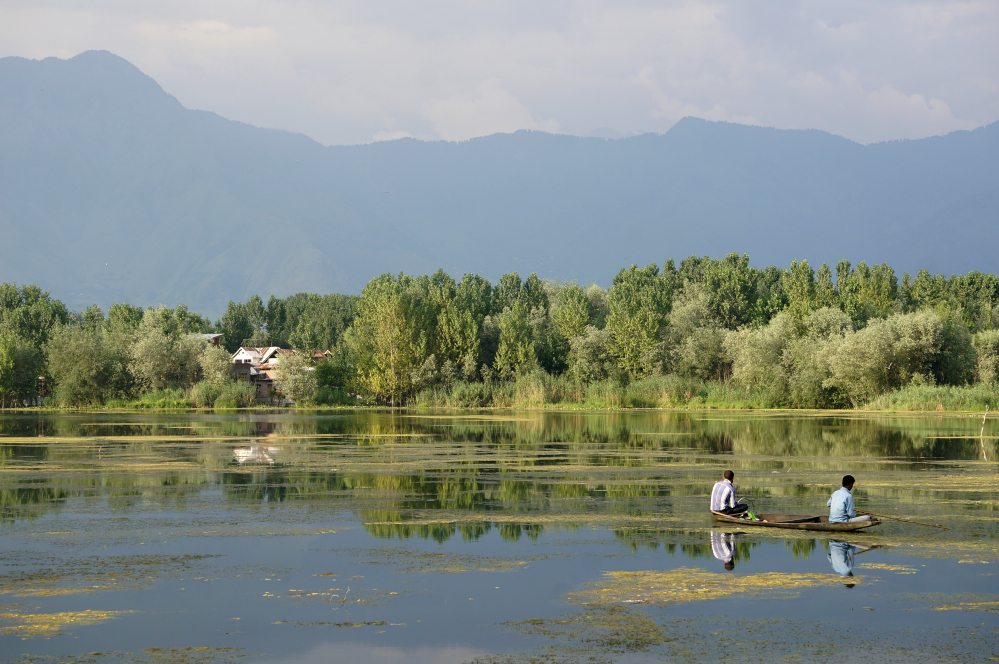Thailand has been dealing with huge numbers of refugees ever since the first minority ethnic groups started to flee across the border from Burma in 1984. According to UNHCR’s 2015 statistics there are over 130,000 refugees, 500,000 stateless people and 7000 asylum seekers currently residing in Thailand.
I fly into Chiang Mai excited to start investigating the refugee camps of north and west Thailand but knowing very little about what I will find. The Chiang Mai old town is located in the centre of the city marked out by ancient crumbling walls. Within it are golden spired temples, football fields and massage parlours. Foreigners enjoy the night markets and eat meals of pad thai, pad see ew, sweet coconut curries, and fresh juices.
From Chiang Mai I take a bus to the northern border of Thailand. The Border Consortium website tells me there is a refugee camp in Wieng Heng. I spoke with the organisation but I was told to wait for permission to enter the camp. My tight deadline in Thailand makes me impatient though so I decide to venture to the border anyway. I’m not sure what I’ll find in Wieng Heng but it’s all part of the adventure. On the way a villager tells me that I need to head thirty minutes beyond my original destination to a village called Piang Luang. From there I can find the Koung Jor camp. I decide to trust him.
By the time I arrive in Piang Luang my pants and shirt are soaked through with sweat and I am seriously questioning if this is a good idea. I get off on the outskirts of the village based on advice that there is a guesthouse opposite a school. I’ve found the school but I don’t see a guesthouse. Thai villagers stare at me and I am starting to feel anxious. I walk up to a pub and amazingly find two Australians sitting in it. We become acquainted over a few beers and I manage to arrange a lift up to Koung Jor the next day.



